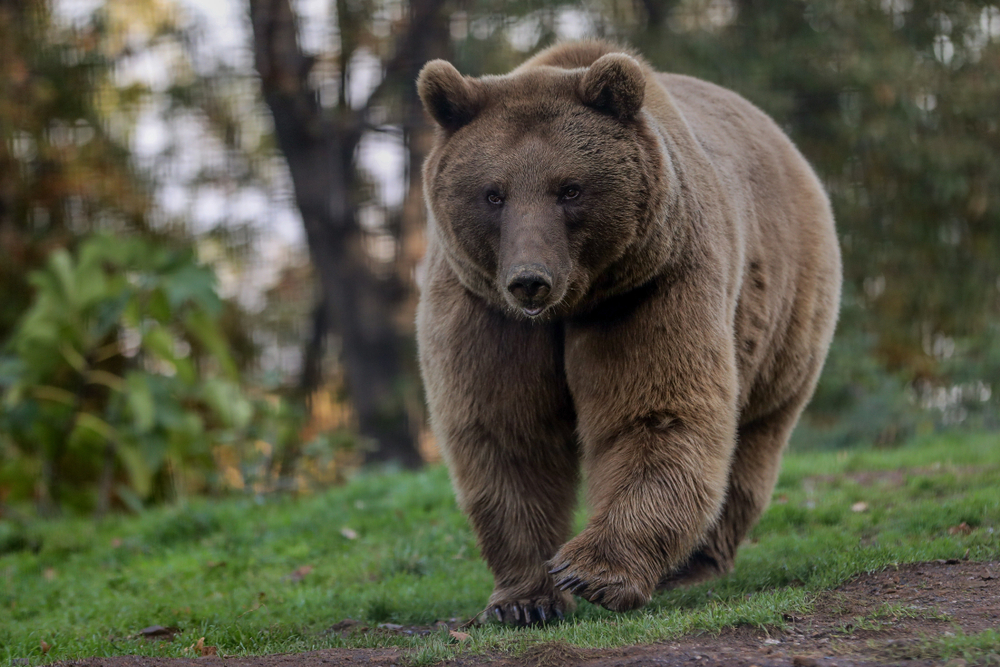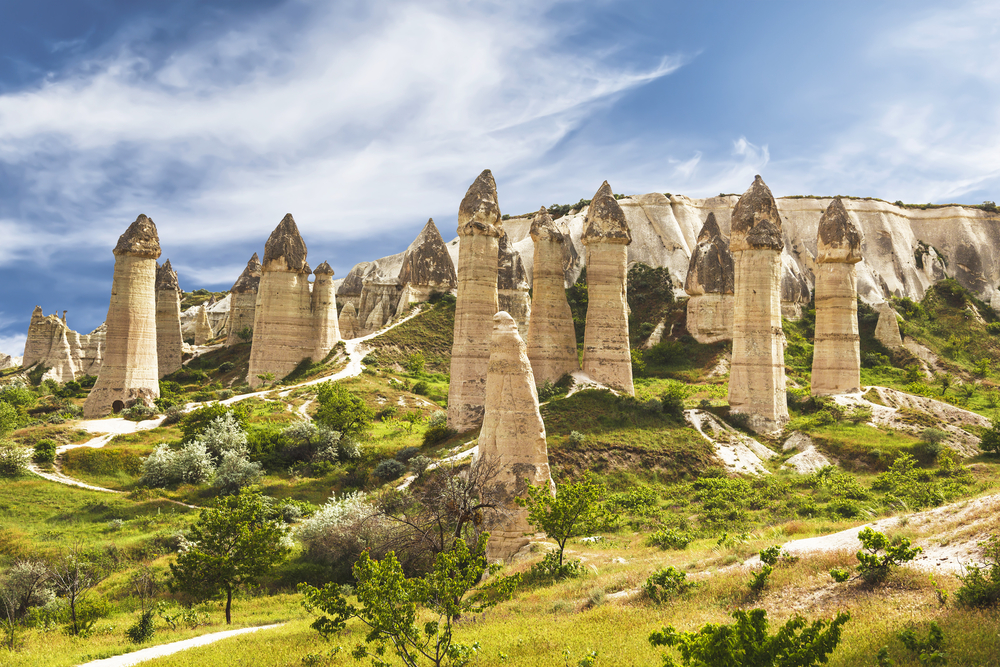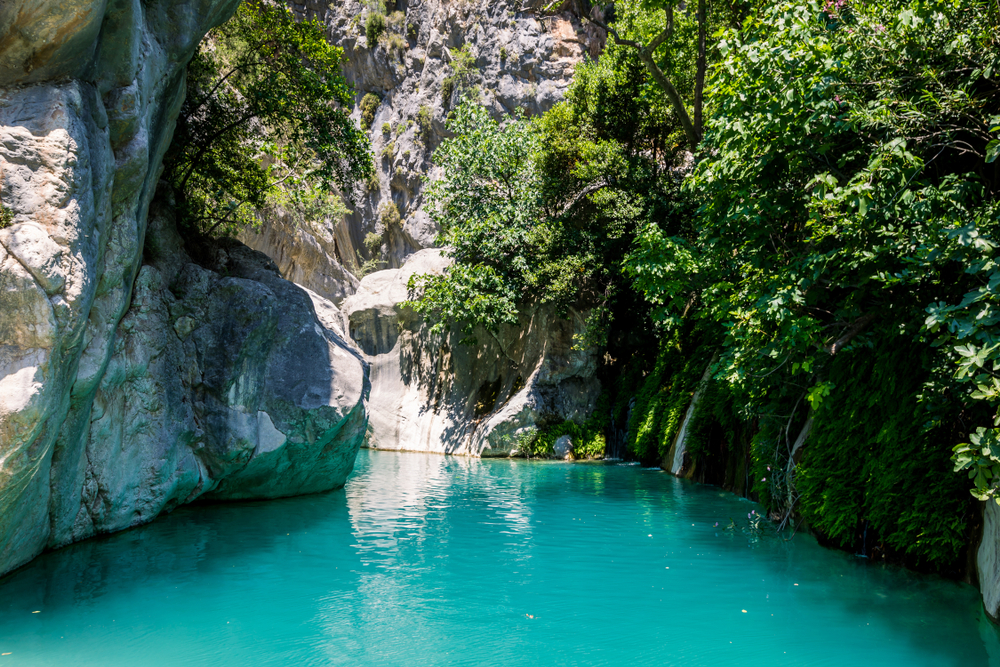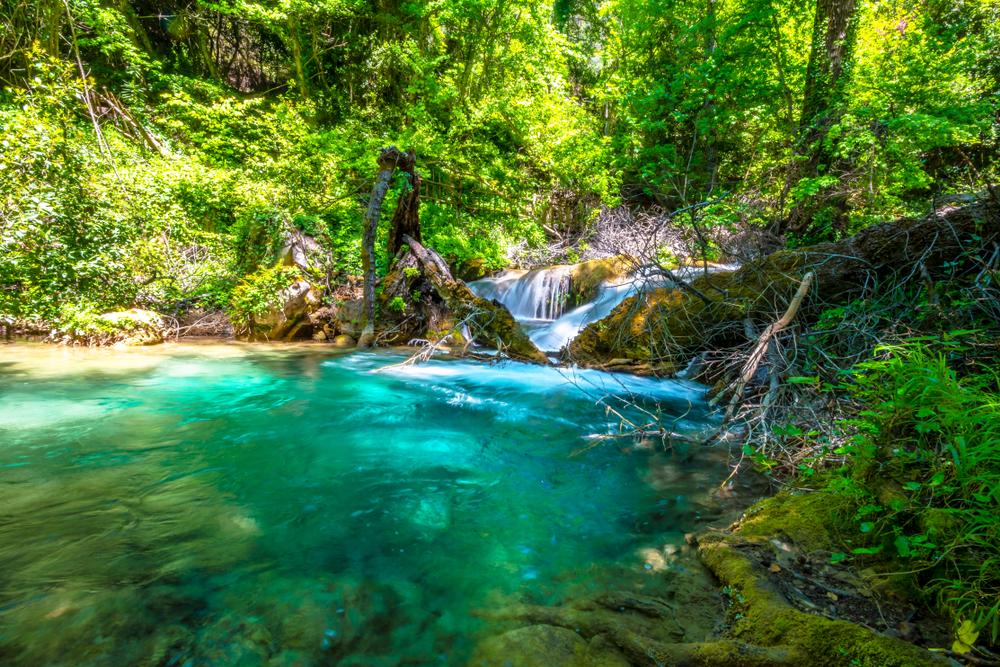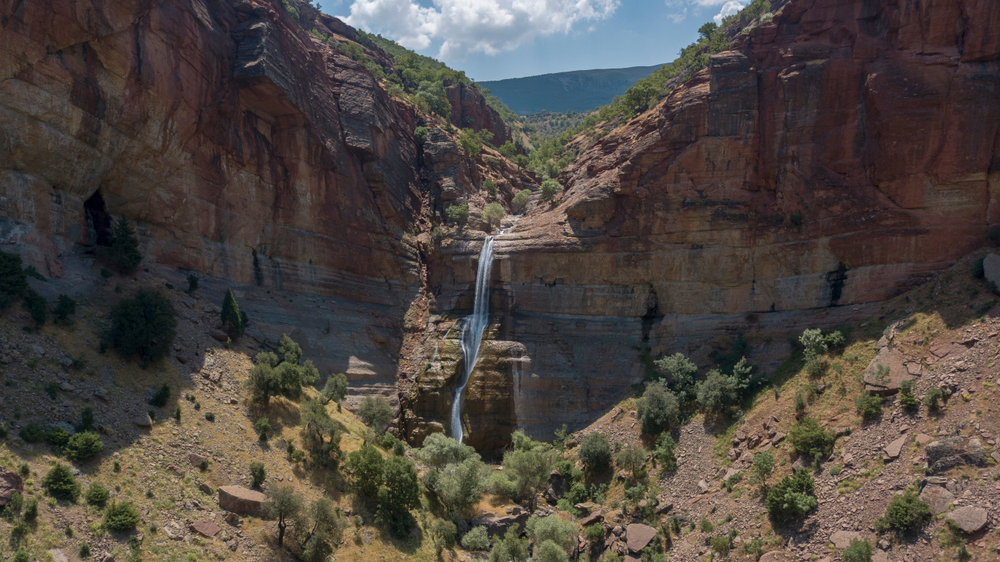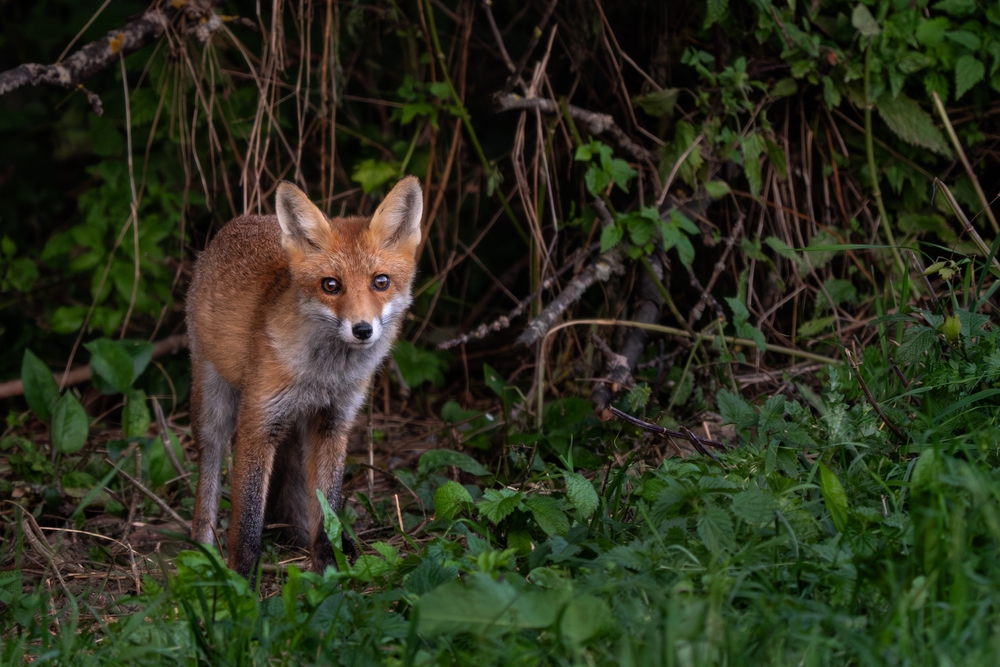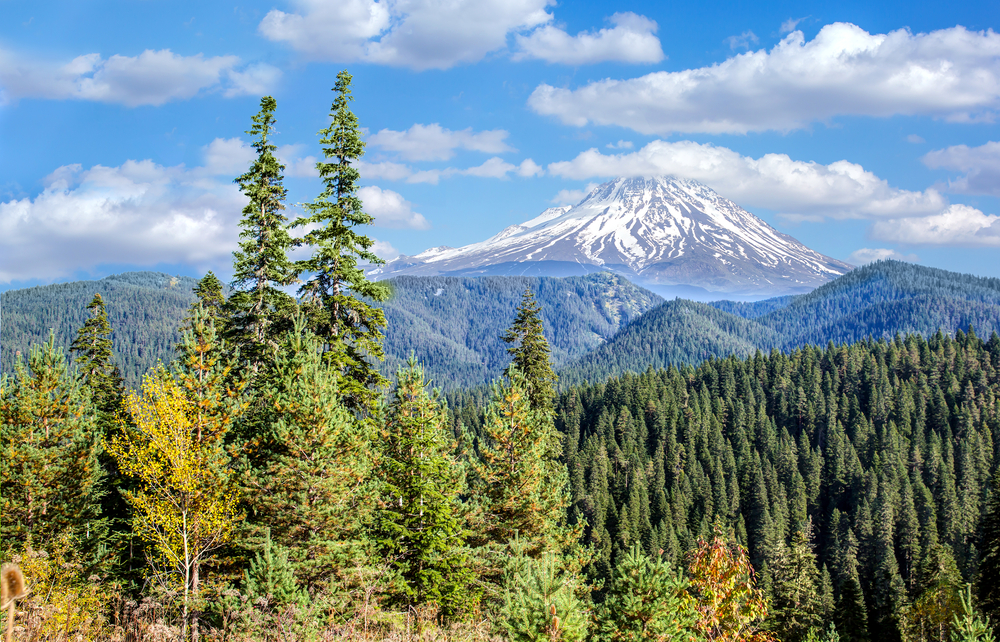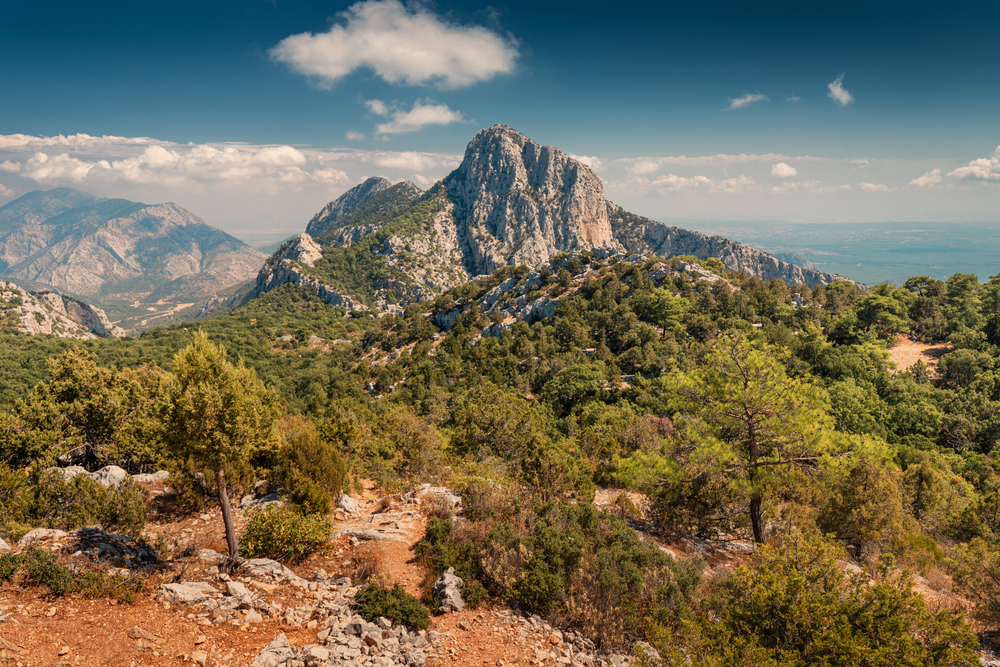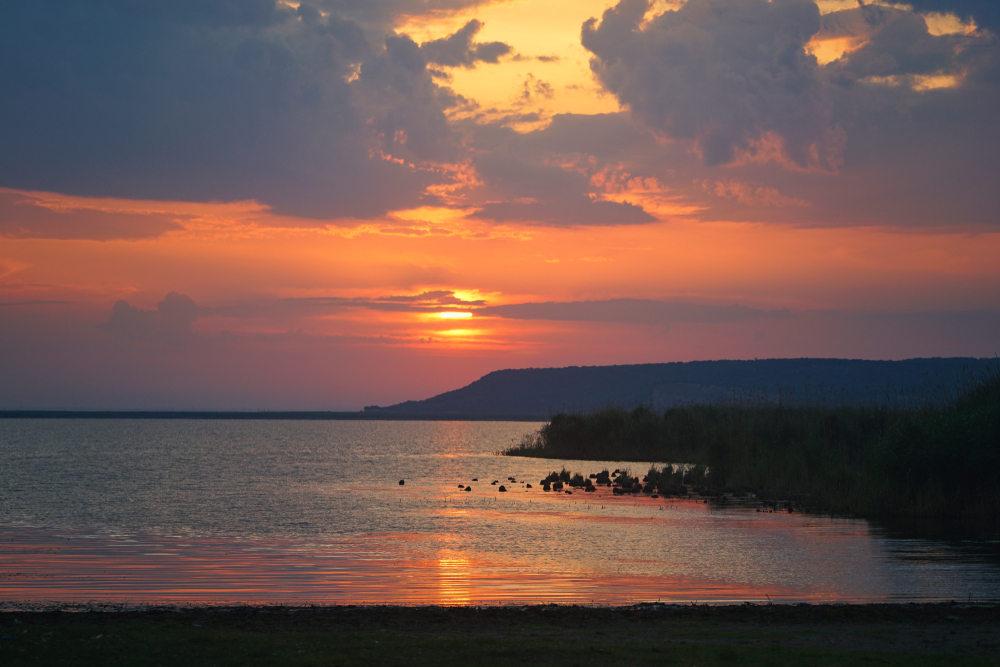Sarıkamış–Allahuekber Mountains Overview
Sarıkamış–Allahuekber Mountains National Park, known in Turkish as Sarıkamış–Allahuekber Dağları Milli Parkı, is located in northeastern Turkey, primarily within the Kars and Erzurum provinces.
Covering approximately 111 square miles (287 square kilometers), the park lies within a remote and mountainous region that holds both natural splendor and deep historical significance. The park was established not only to protect its pristine alpine environment but also to commemorate the tragic Battle of Sarıkamış, in which thousands of Ottoman soldiers perished in the snow-covered Allahuekber Mountains during World War I.
The terrain is defined by the dramatic and snow-laden Allahuekber Mountains, part of the larger Pontic Mountain system. These peaks rise to elevations over 9,800 feet (3,000 meters) and are often blanketed in snow from late autumn through spring.
The landscape includes alpine meadows, steep ridgelines, coniferous forests, and wide, open plateaus. Snowy pine trees dominate the higher elevations, particularly Turkish Scotch pine, while lower slopes and valleys are home to birch, juniper, and spruce. Glacial valleys and isolated clearings offer serene vistas, often with far-reaching views of snowcapped ridges and distant mountain ranges.
Wildlife in Sarıkamış–Allahuekber Mountains National Park is characteristic of high-altitude and boreal ecosystems. Key mammal species include the gray wolf, brown bear, red fox, lynx, and wild boar, all of which roam the forested and alpine areas.
Roe deer and red deer are also commonly found and are vital parts of the ecosystem. Birdlife is abundant, with the park serving as a refuge for golden eagles, common buzzards, black woodpeckers, and Eurasian jays. In winter, the snow-covered landscape becomes especially important for tracking animal activity, as paw and hoof prints mark the quiet terrain.
The park is well known for its combination of natural beauty and poignant historical context. A monument and memorial area honor the soldiers who died during the 1914-1915 campaign in freezing conditions.
Each year, visitors participate in commemorative walks and ceremonies, connecting the park’s natural setting with its role in national memory. Beyond its historical importance, the area has become increasingly popular for winter sports and nature tourism. The nearby Sarıkamış Ski Center is one of Turkey’s premier destinations for skiing and snowboarding, with powdery snow and forested slopes resembling those of central Europe.
Visitors can experience the park through a range of seasonal activities. In winter, cross-country skiing, snowshoeing, and snow trekking are popular, especially in the pine-draped landscapes.
During warmer months, hiking and wildlife observation draw nature enthusiasts to the meadows and forest trails. Photography and birdwatching are common, particularly during spring and autumn migrations.
Conservation efforts in the park focus on protecting both the natural environment and cultural heritage. Challenges include increasing tourism pressure, deforestation risks, and illegal hunting.
However, recent years have seen improved infrastructure, better signage, and greater local engagement in park stewardship. Educational initiatives and community partnerships have contributed to a broader awareness of the region’s environmental and historical value, helping ensure the park’s integrity for future generations.








































































